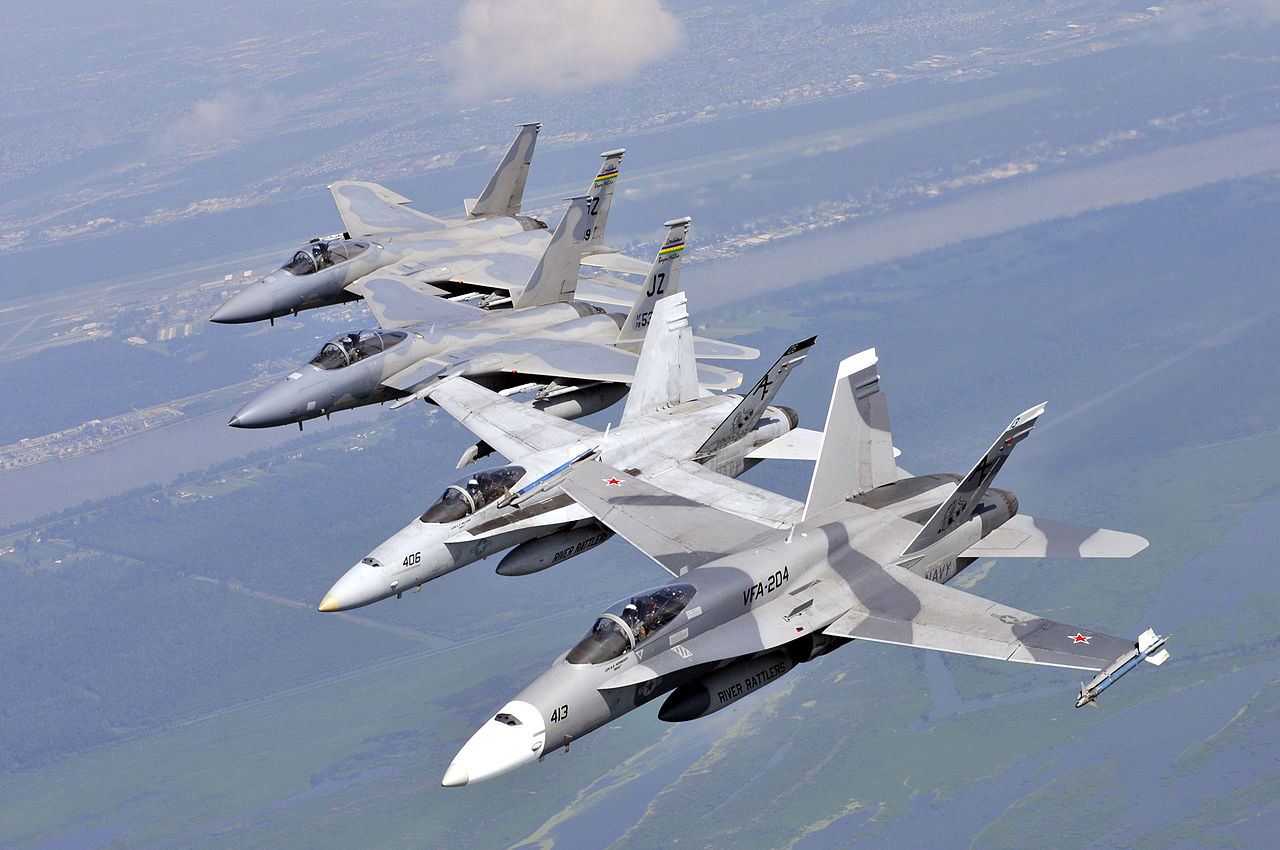 Dispatches
DispatchesCanadian law students are reporting for JURIST on national and international developments in and affecting Canada. Mélanie Cantin is JURIST’s Chief Correspondent for Canada and a 2L at the University of Ottawa.
Last weekend two flying objects entered Canadian airspace, with one being shot down Saturday while flying over the Yukon territory, and the other brought down Sunday as it flew over Lake Huron, in the province of Ontario. Both objects were taken down by US fighters attached to the North American Aerospace Defense Command (NORAD), which is a combined Canada-US organization tasked with defending North American airspace.
As of time of publication, neither object has been recovered, meaning that details regarding the nature and function of these flying objects remain scarce. Canadian Minister of National Defence Anita Anand has been providing minor updates since the objects were shot down, and on February 14, spoke to reporters in Belgium, where she was attending the NATO Ministers of Defence meeting. She advised that it could potentially take some time to recover the debris of the flying objects, particularly the one located in the Yukon.
“The terrain is extremely rugged. It is extremely remote. The temperature is approximately -25 Celsius there, and there is heavy snow,” Anand stated. Several entities are collaborating on the search for debris, including the Ministry of Public Safety, the Canadian Armed Forces, the Royal Canadian Mounted Police, the FBI, and local Indigenous partners.
Along with the February 10 shooting of a flying object over Alaska and the February 4 high-profile takedown by the US of a Chinese balloon that was allegedly being used for espionage, it is safe to say that the last few days have been tumultuous for North American air professionals of all kinds. About the incidents, Canadian Prime Minister Justin Trudeau commented: “Obviously, there is some sort of pattern in there. The fact we are seeing this in significant degree over the past week is a cause for interest and close attention, which is exactly what we’re doing.” Indeed, the close succession of the incidents have not only exacerbated existing political tensions, notably between China and the US, but have also advanced questions surrounding international air and space law.
The key tenet of air law is relatively simple: every state has total and exclusive sovereignty over the airspace over its own territory, meaning that each state can regulate what aircraft can exist in or cross through its airspace. This principle was confirmed in the Paris Convention of 1919; since then, most states have enacted specific legislation regulating their respective airspaces.
Space law, on the other hand, is a far more nebulous territory. Five main treaties govern international space law, but the Treaty on Principles Governing the Activities of States in the Exploration and Use of Outer Space, including the Moon and Other Celestial Bodies (more succinctly known as the Outer Space Treaty) is arguably the most well-known. It places significant emphasis on the need to use space for peaceful purposes. Many nations such as the US, Canada, Russia, and much of Europe, have their own space laws, and it is becoming increasingly common for governments (even of countries not traditionally considered as “space-faring nations”) who do not have any to consider the issue. For instance, as recently as February 13, Estonia announced that a working group was meeting with its legislators to draft a domestic bill to regulate space objects.
While there are many questions about the rarely applied international space treaties and about space and air law more generally, a common issue pervades both areas of law: namely, where does one end, and the other begin? This has been the topic of international debate for many decades, and to this day, the world has not yet agreed on a definition of where outer space (and thus space law) actually begins.
An old and well-known Latin maxim long predating any concrete air or space legislation is sometimes cited: “cujus est solum ejus est usque ad coelum et ad inferos” (“whoever’s is the soil, it is theirs all the way to Heaven and all the way to Hell”). This general principle has since evolved into the more precise laws we know today, but still, there remains no clear delineation between air and space.
Some have lobbied (unsuccessfully) for the global acceptance of a strict limit called the von Karman Line, which would have a demarcation of outer space as beginning between 100 and 120 km above the surface of the Earth. Others have rejected that approach, saying one should instead focus on an object’s intention and function to determine whether air law or space law should be applicable.
In the present case, despite the Chinese balloon being categorized as a “High-Altitude Pseudo-Satellite” (HAPS) and little additional information being provided about the nature of the other flying objects, it appears there is general agreement among the parties that the objects were close enough to Earth not to trigger space law. This means that it was violating North American airspace when NORAD shot it down. The same goes for the objects downed over Canada.
However, with the continuous improvement of satellite and satellite-adjacent technologies, it may be time to consider more seriously the divide between air and space law in order to avoid adding the uncertainty of international space laws to the list of concerns governments and legislators must consider in resolving complex political conflicts like this one.

